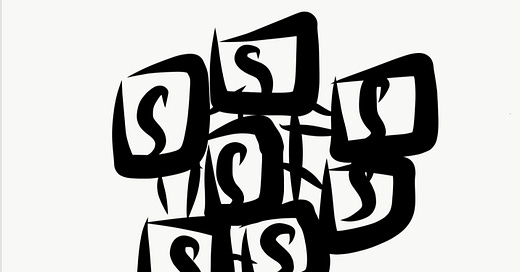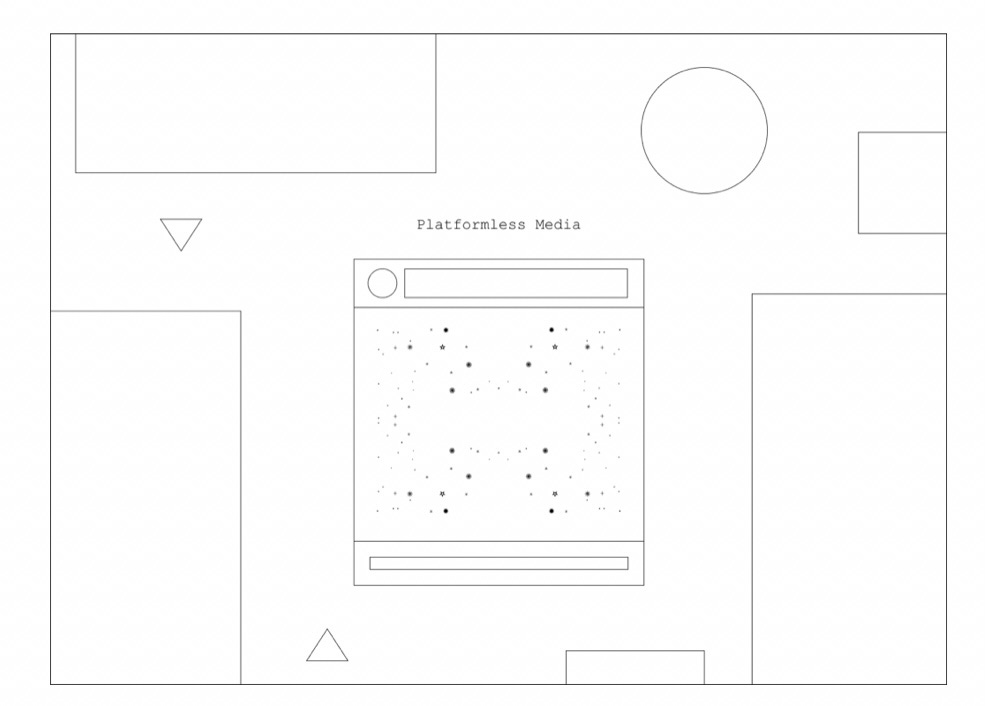Is 2021 the year of NFTs? A question in the theory of art, decentralized media and introducing my first NFT
Remember when Italian artist Maurizio Cattelan taped a banana to a wall with a piece of duct tape? Two editions of the piece were sold for $120,000 even though a performance artist actually ate the banana exhibited at Art Basel in Miami, calling it delicious. Obviously, that was not a problem for the owner. Cattelan bought the banana at a Miami grocery store for an estimated 30 cents. The work of art was not to be found in its material embodiment but somewhere else. Where exactly? That would be a long discussion taking me back to my years teaching philosophy of art in Berlin. One could say in the concept. Or the moment of creation, lost in time. Or the culture of a specific historical time and place. Whatever the answer, no one would think a banana is a work of art. Actually, no one would think a canvas hanging in the Louvre is the Mona Lisa.
In the case of the Miami banana, the work of art is represented by a certificate of authenticity transferred by the artist to the owner. As for the banana, it can be easily replaced. Normally, the artist would commit to supervising the process of creating a physical artwork when needed, but the artwork itself could go for long periods without any physical manifestation, represented only by a description and perhaps a photograph in the certificate of authenticity.
There are problems of course with a paper certificate. It can be falsified. It can be lost or destroyed. For a digital civilization such as ours, the certificate is much more easily produced in the blockchain. With a digital artwork, it is possible to ensure that the media and its metadata are provably unique. You would have a description and a hash in the blockchain, storing the file somewhere else and using the hash to verify the authenticity of the file, so even if present everywhere on the internet it would be easy to check it against the hash and verify it is in fact the real thing. No need for forgery experts or art appraisers.
The certificate, so to speak, is contained in a token (a non-fungible token or NFT), much like a Bitcoin, that can be digitally transferred from wallet to wallet. There is something very appealing in the notion that the original creation of the token, the original transaction, will be forever registered in the blockchain. In a way, this is what artists have aspired to since time immemorial. Permanence, eternity. I created an artwork earlier today. You can see it here on the Ethereum blockchain, block 11848744. Nothing you do could ever destroy it.
There is something else, of course, and no less important. The blockchain ensures that media is not owned by the platform. The artwork will live in a decentralized medium where the only source of power is defined by the original smart contract. For example, my own artwork specifies that I will get 15% of every future sale. If ten years from now “Geopolitics” is sold for $10 million, I will get $1.5 million. No one can do anything about that. Art freed from market power, enabling creators and audiences to engage and transact on digital media directly. Imagine for a moment the social and economic revolution were the same principle to be applied to social media. Endless content, no platforms.
Very well. What is my artwork then? It is a treaty on geopolitics in a simple diagram. I believe every enduring truth about geopolitics in contained in this diagram, which will be explained in detail in my forthcoming book “Geopolitics for the End Time.”
You can take a look at “Geopolitics” here. You can screenshot or download a copy for free. The artwork is safe in my crypto wallet.







Thanks Bruno. Currently all the boxes are shown occupied which I think is intentional. But how about a failed state whose place in nature is now vacant or to be taken over by another state, ie. an empty box? Unless the reason there is no empty box is because nature exists only if a state is there to define it...